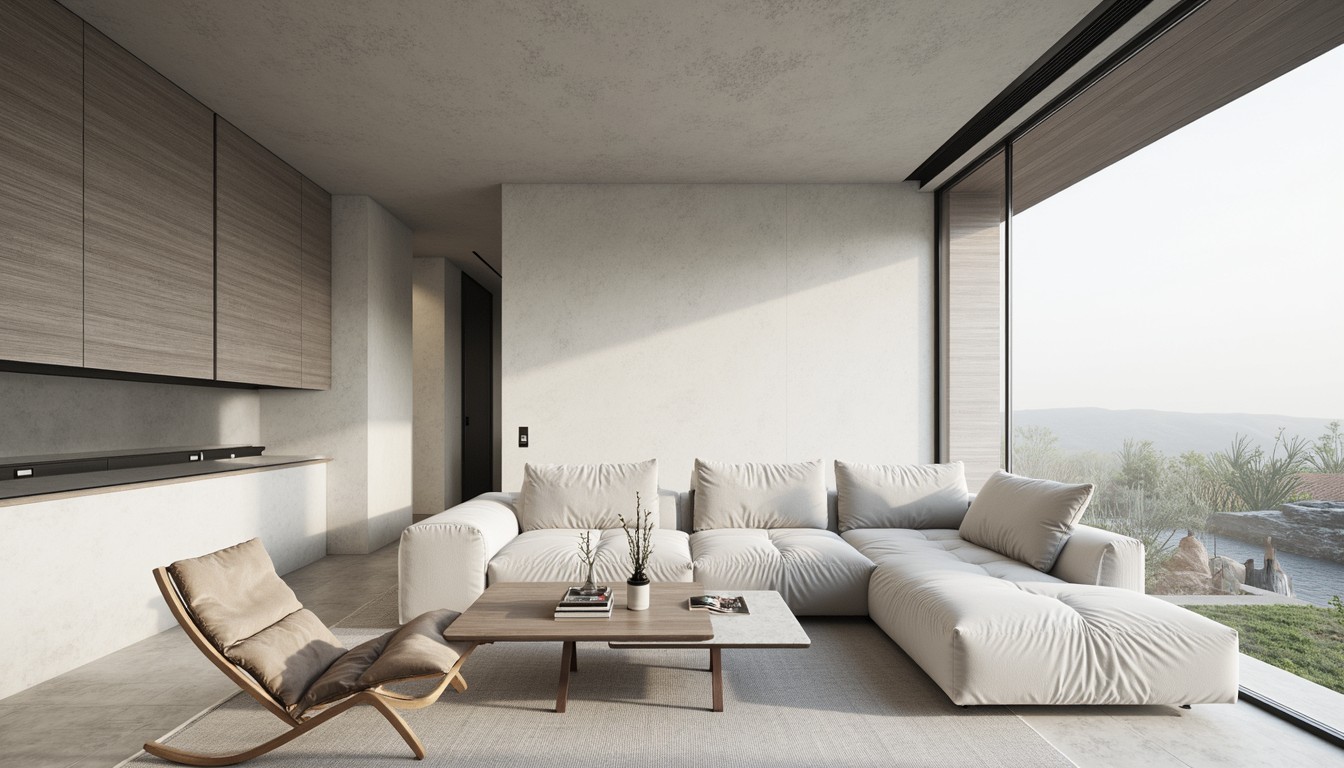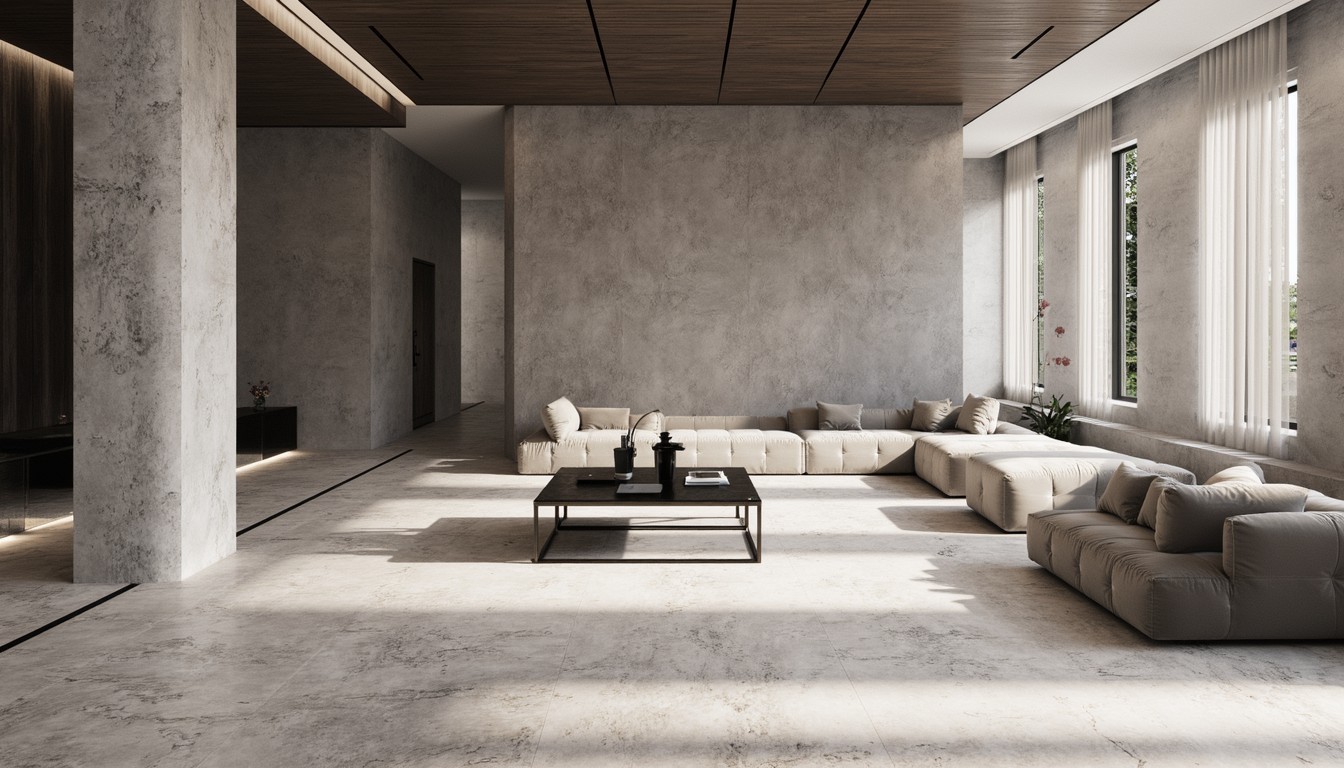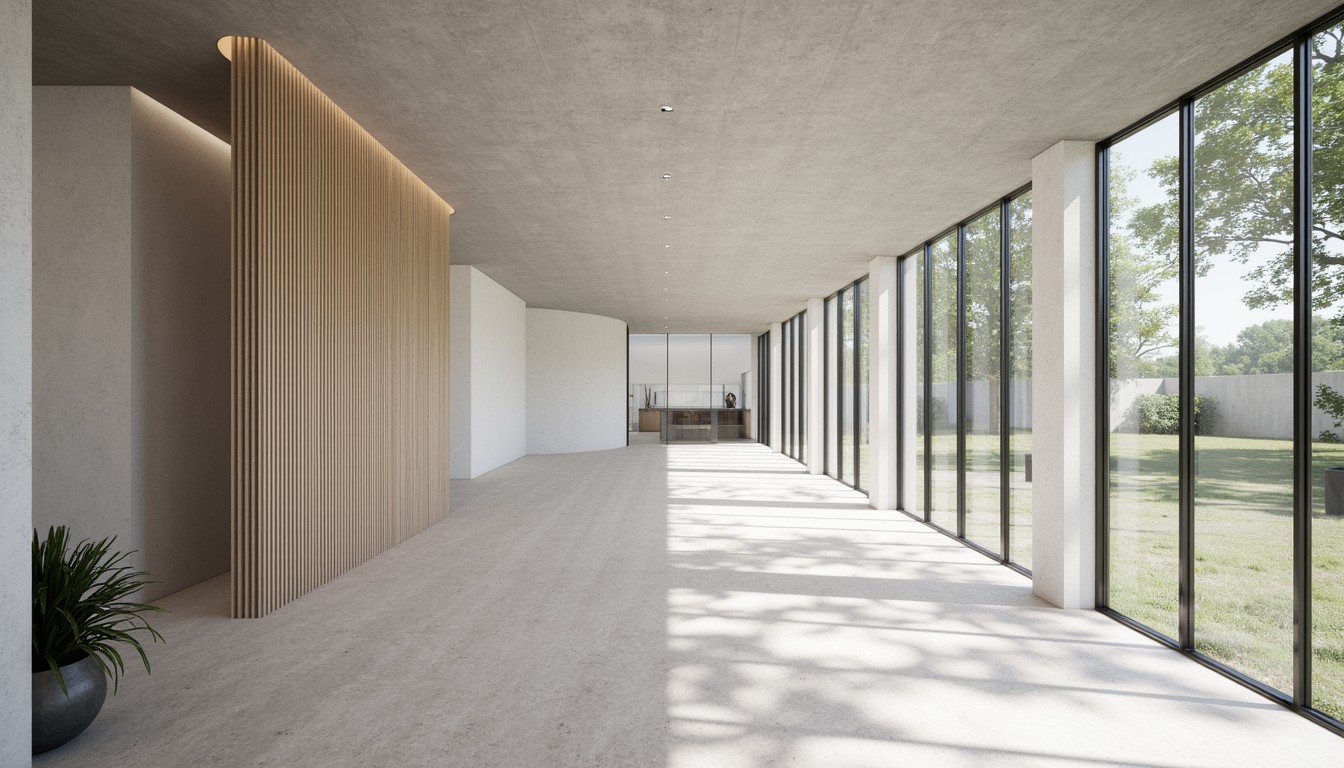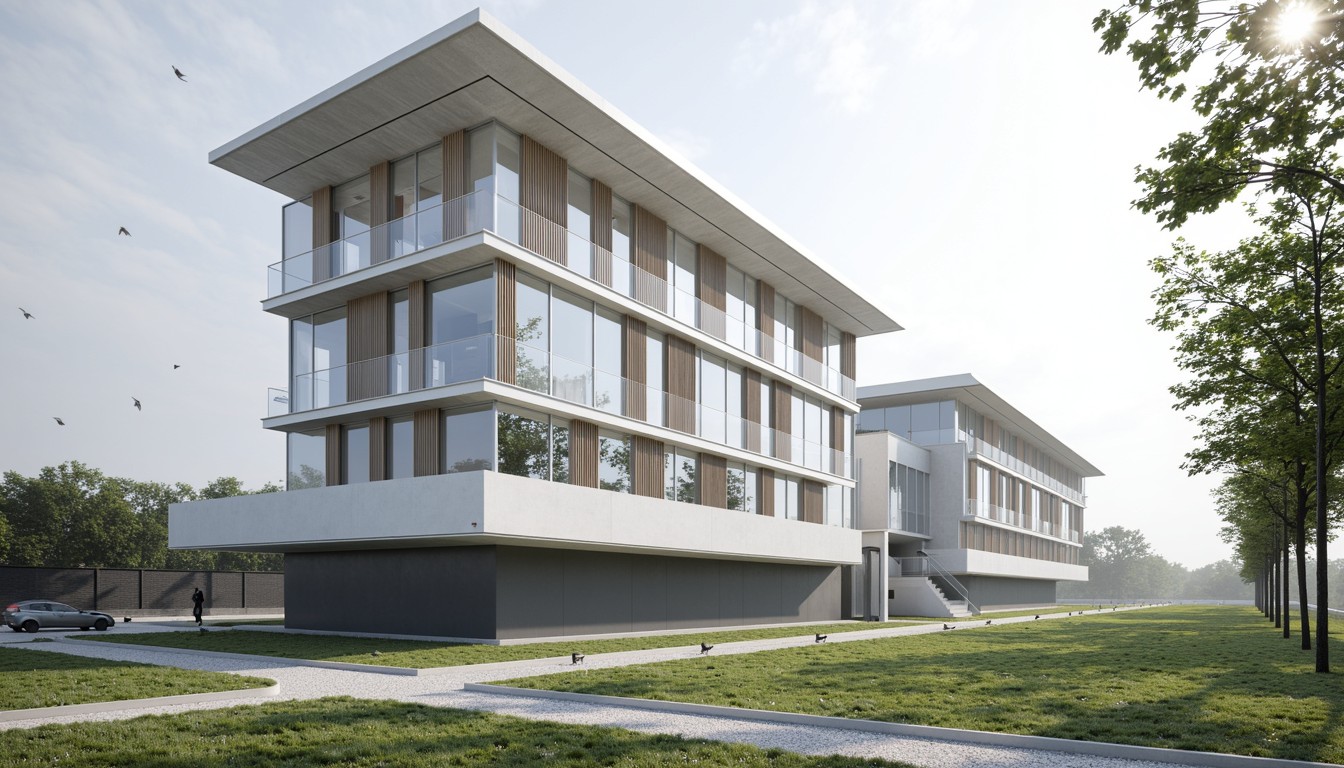Smart Building Technology: Revolutionizing Architecture
The architectural landscape is undergoing a dramatic transformation, driven by the rapid advancement of smart building technology. No longer are buildings simply static structures; they are becoming dynamic, interconnected ecosystems responding intelligently to their occupants and the environment. This integration of technology is not just a trend; it's a revolution, reshaping how we design, build, and experience the spaces around us. ArchNav, a leader in architectural visualization, is at the forefront of this exciting evolution, helping architects envision and communicate the potential of smart buildings.
What is Smart Building Technology?

Smart building technology encompasses a wide range of integrated systems designed to optimize building performance and enhance the occupant experience. This includes:
- Building Management Systems (BMS): Centralized control systems that monitor and manage various building functions like HVAC, lighting, security, and energy consumption.
- Internet of Things (IoT) Devices: Sensors, actuators, and other connected devices that collect data and automate tasks, from adjusting room temperature based on occupancy to optimizing energy usage in real-time.
- Artificial Intelligence (AI) and Machine Learning (ML): Algorithms that analyze data from IoT devices to predict maintenance needs, optimize energy efficiency, and personalize the building environment for occupants.
- Data Analytics and Visualization: Tools that provide insights into building performance, allowing for data-driven decision-making and continuous improvement.
Real-World Applications of Smart Building Technology

The applications of smart building technology are vast and varied, impacting several aspects of architectural design:
1. Enhanced Energy Efficiency and Sustainability:
Smart buildings significantly reduce energy consumption through intelligent control of lighting, heating, ventilation, and air conditioning (HVAC). IoT sensors monitor occupancy and adjust systems accordingly, minimizing energy waste. This contributes to lower operational costs and a smaller carbon footprint, aligning with sustainable design principles.
2. Improved Occupant Comfort and Productivity:
Smart building systems personalize the environment for each occupant, optimizing temperature, lighting, and air quality based on individual preferences and needs. This leads to increased comfort, improved productivity, and a more positive overall experience.
3. Enhanced Security and Safety:
Integrated security systems with access control, surveillance cameras, and intrusion detection provide a higher level of security. Smart systems can also monitor for potential hazards like fire or gas leaks, triggering alerts and automated responses to mitigate risks.
4. Optimized Space Utilization and Management:
Smart building technology can optimize space utilization by monitoring occupancy patterns and adapting the layout to meet changing needs. This can be particularly beneficial in flexible workspaces or multi-purpose buildings.
5. Predictive Maintenance and Reduced Downtime:
AI-powered predictive maintenance systems analyze data from sensors to anticipate equipment failures. This allows for proactive maintenance, minimizing downtime and reducing repair costs.
The Future of Smart Building Design

The future of smart building design is bright, with ongoing advancements in technology driving even greater innovation. We can expect to see:
- Increased integration of AI and ML: More sophisticated algorithms will enable buildings to learn and adapt to changing conditions and occupant behavior.
- Greater focus on data privacy and security: Robust security measures will be essential to protect sensitive data collected by smart building systems.
- Expansion of building automation: More building functions will be automated, leading to greater efficiency and convenience.
- Enhanced human-building interaction: Buildings will become more intuitive and responsive, seamlessly integrating with occupants' lives.
ArchNav: Your Partner in Visualizing the Smart Building of Tomorrow
At ArchNav, we understand the transformative potential of smart building technology. Our cutting-edge architectural visualization services help architects communicate the innovative features and benefits of their smart building designs to clients, investors, and stakeholders. We create stunning visuals that showcase the functionality and aesthetic appeal of smart buildings, allowing you to bring your vision to life and inspire confidence in your project. Contact us today to learn how we can help you visualize the future of architecture.
